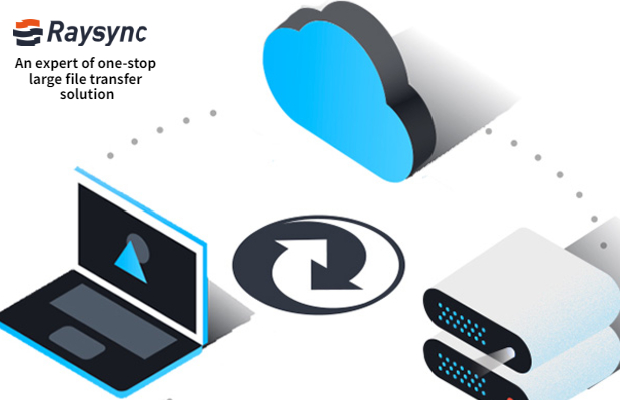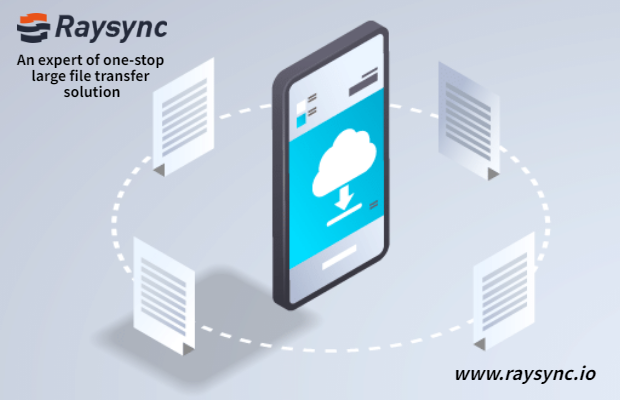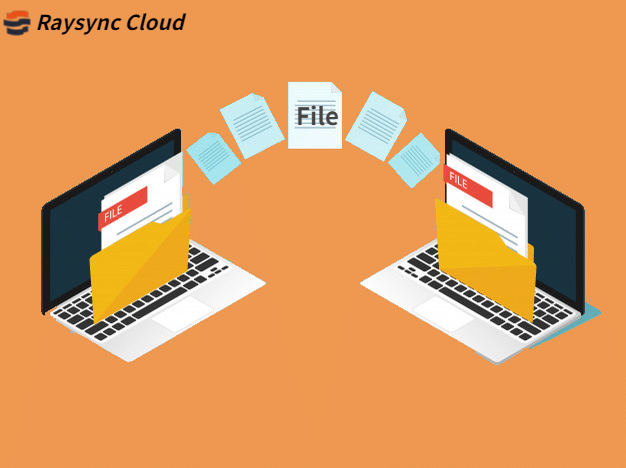Filter News

Raysync News
September 11, 2023Raysync, a leading provider of high-performance file transfer solutions, has announced a strategic partnership with Red Hat, the world-renowned open-source software and solutions provider.
![[For File Transfer] Why Email is Not Secure?](http://images.ctfassets.net/iz0mtfla8bmk/6aGSpDVRfgmgl2Y4VJGWVp/a965d75208af7913011e0e175f40efc8/Why_Email_is_Not_Secure.jpg)
Raysync News
August 18, 2022What are the reasons for email is not secure, and this article lists several ways to solve email insecurity to help communicate and deliver information faster and better.
![[2024 Updated] How to Improve File Transfer Speed?](http://images.ctfassets.net/bg6mjhdcqk2h/5WlAVBRL9mmWGCQlh1vA4n/f5282c873b0ed3d62fcab093b4fe195a/how-to-improve-file-transfer-speed.jpg)
Traditional file transfer methods are still far from meeting the needs of enterprises for high-speed, complete and secure file transfer. How to improve file transfer speed is a difficult problem that enterprises must solve.

In the globalization of enterprises, the predicament of transnational file transfer has been hampering the way for enterprises to go overseas. We need to get rid of these problems, let the company go lightly and focus on products and services.

Industry news
August 16, 2022How to solve the problem of efficiently managing data is a data problem faced by small and medium enterprises at present, and it is very important to the future development direction of the company.

By understanding the history of large file transfers, you can better understand the features and application scenarios of large file transfers.

Raysync News
August 15, 2022This article mainly introduces 5 tips for large file transfer, which can help you provide effective information when choosing large file transfer software.

What is high speed file transfer software to use? Raysync is a high-speed large file transfer solution for storage and sends large files anywhere and anytime. Click to learn more!

Through this article, you can know what the 5 signs that managed file transfers are needed.
![[2024] Do You Really Need File Transfer Acceleration Software?](http://images.ctfassets.net/bg6mjhdcqk2h/4kMlyFyXbRsvef3hngd97Z/5efe2af76818e320adcbb09c43d455ea/accelerate-file-transfer.jpg)
When it comes to moving data across networks, there are many moving parts. File transfer acceleration software is also one of them.

